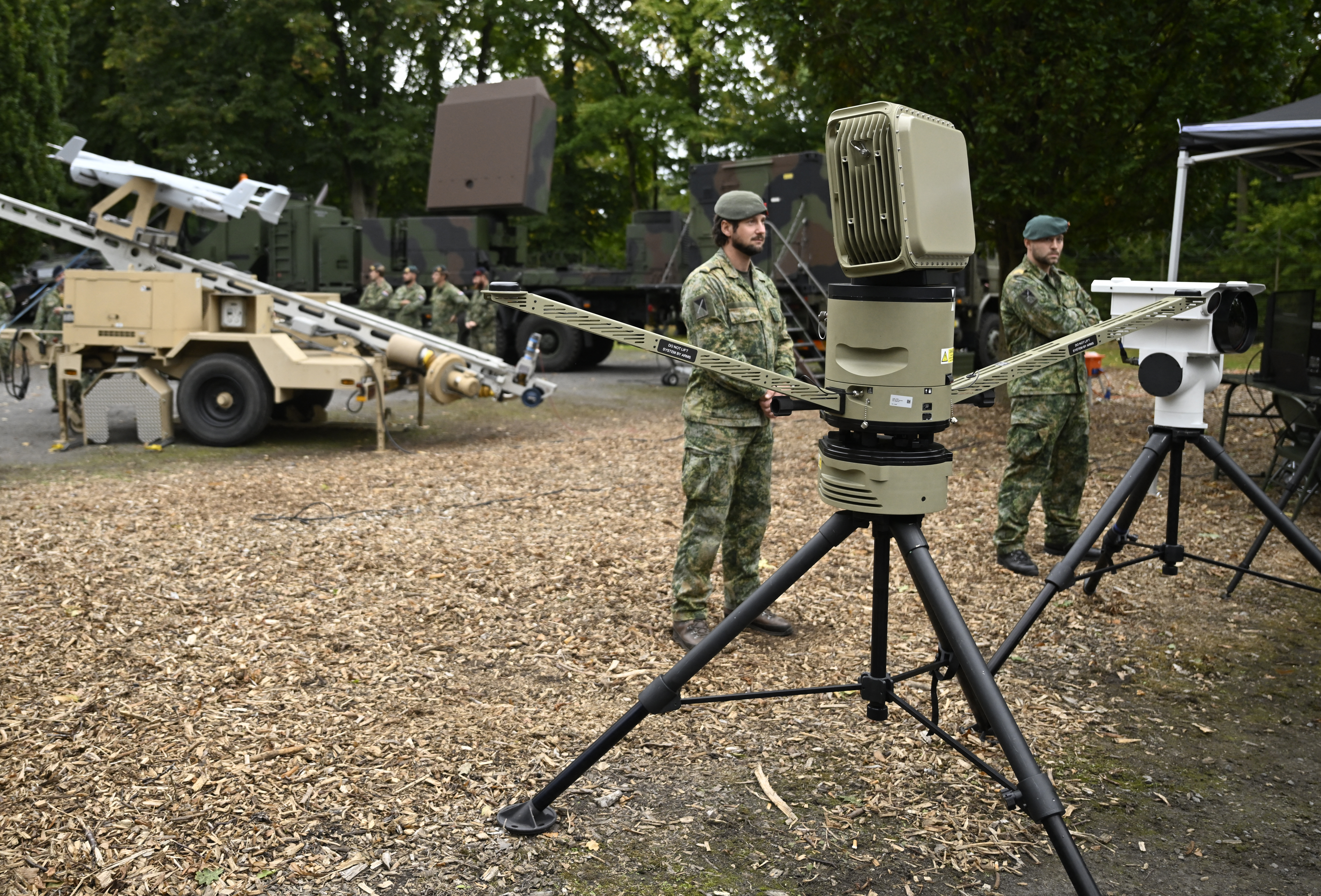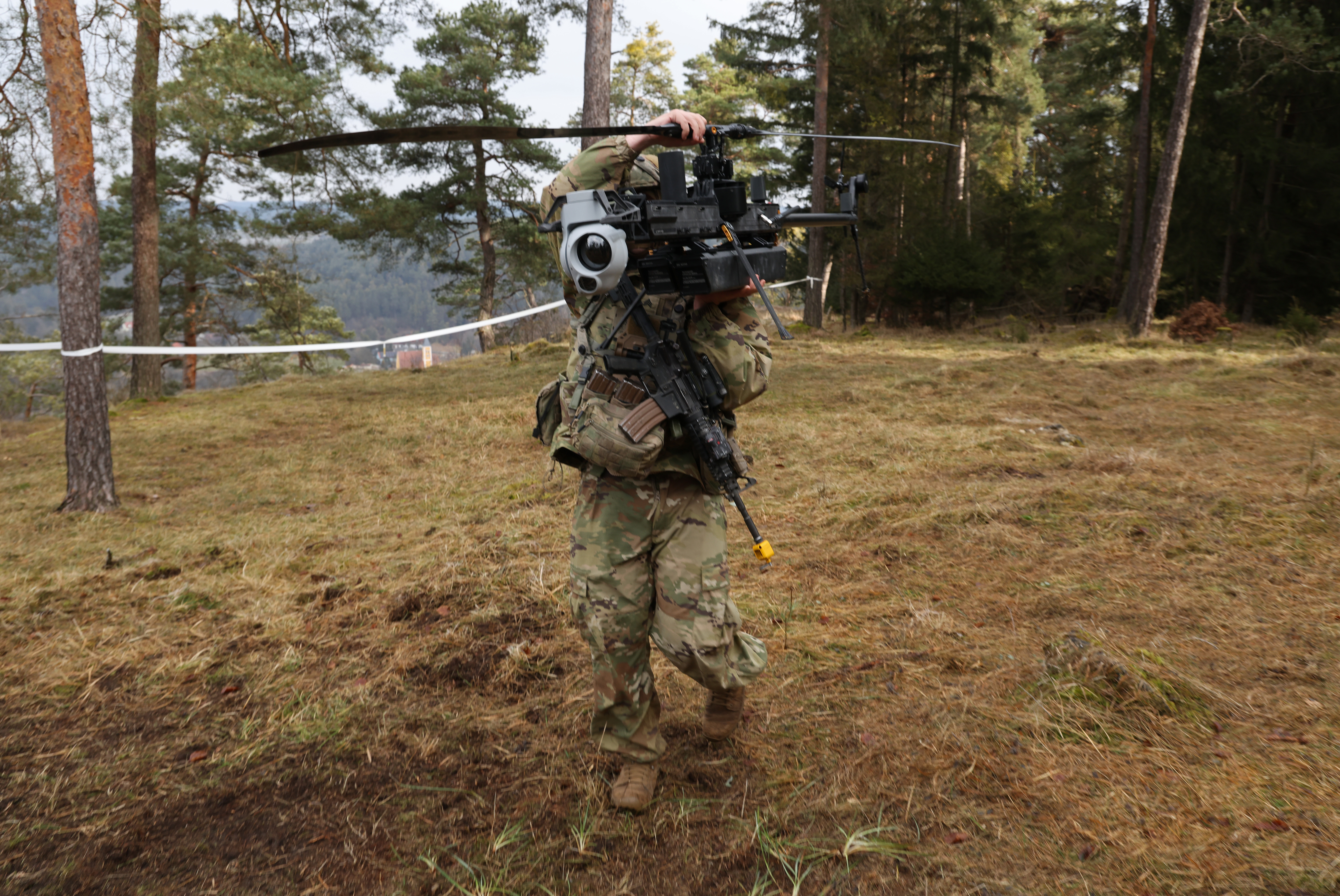
On some level, every engineering leader knows that strategy matters. And yet many teams remain stuck in reactive cycles, lurching from crisis to crisis, untethered from clear direction. This disconnect between recognizing the importance of strategy and actually practicing strategy well was at the heart of O’Reilly’s June 23rd CTO Hour, where host Peter Bell sat down with renowned engineering leader and best-selling author Will Larson. Together, they explored how deliberate, structured decision-making can transform engineering teams from reactive problem-solvers into teams that build with intention.
Larson was clear from the start that strategy isn’t some lofty abstraction. Strategy is simply the act of making decisions in a visible, accountable, improveable, and repeatable way. When strategy is explicit, it gives teams the context they need to align, disagree productively, and improve over time. It helps organizations avoid letting critical decisions remain hidden or ad hoc and instead clarifies priorities, trade-offs, and goals. Such clarity not only improves outcomes but also helps new hires and teams to understand why things are done the way they are.
For those asserting that their org lacks a strategy, Larson was firm: They do have one—it’s just undocumented, implicit, or scattered across conversations with long-tenured leaders. The real challenge for engineering leaders is making that strategy visible, legible, and actionable across the organization.
To help with practical strategy work, Larson shared examples of several tools he has used to build and test strategy. The most accessible was strategy testing: Rather than forcing compliance, leaders should investigate and carefully test why people aren’t adopting a new approach. Noncompliance is often a diagnostic of a faulty strategy, not a direct defiance. He also shared how he’s used systems modeling and Wardley Mapping to plan complex migrations and organizational changes—from scaling infrastructure at Uber to planning around AI and data strategy at Calm and Imprint.
One of the key takeaways from the event was that strategic thinking isn’t just for C-suite executives. It’s also an essential skill for directors and senior leaders looking to make a meaningful impact. However, for these leaders to engage productively in strategy work, there must be strategic clarity at the top. Without it, what’s possible and how others might contribute is unclear. The frameworks and tools shared in this session provided concrete starting points for leaders at all levels who are ready to stop waiting for strategy and start creating it.
For those who want to go deeper into crafting and implementing engineering strategy, Will Larson’s next book with O’Reilly focuses on engineering strategy, complete with case studies and tools. Read the first two chapters of Crafting Engineering Strategy, now in early release on O’Reilly.
And mark your calendars for our next leadership event: Tech Leadership Tuesday: Systems Thinking Essentials with Diana Montalion and Lena Reinhard, where we’ll explore how systems thinking can help leaders better understand and navigate organizational complexity.

Business, Commentary
Radar







